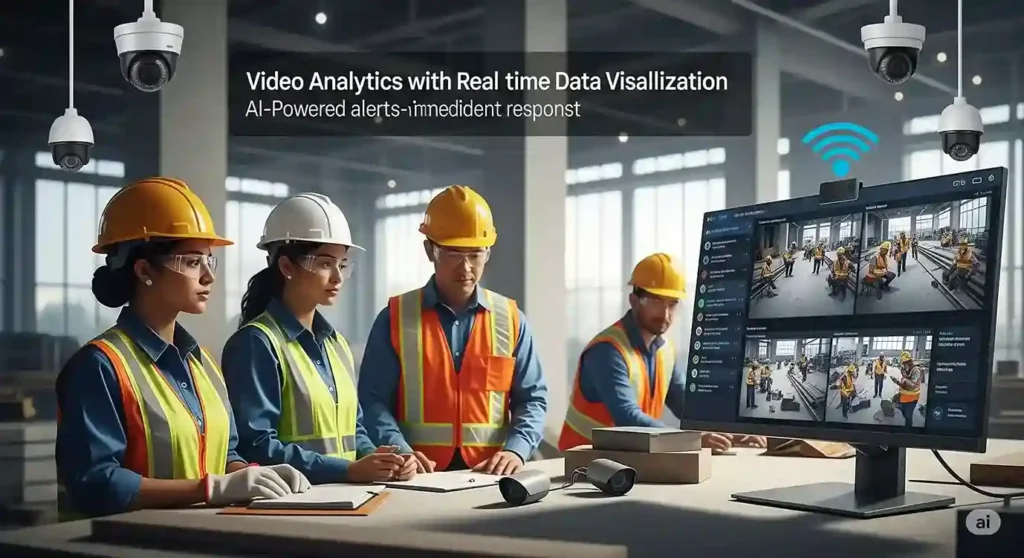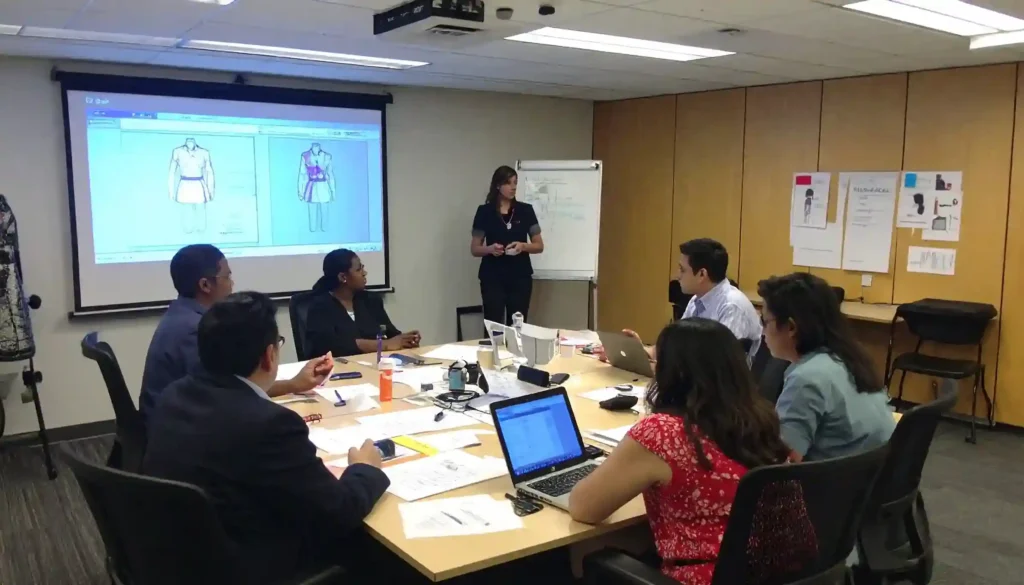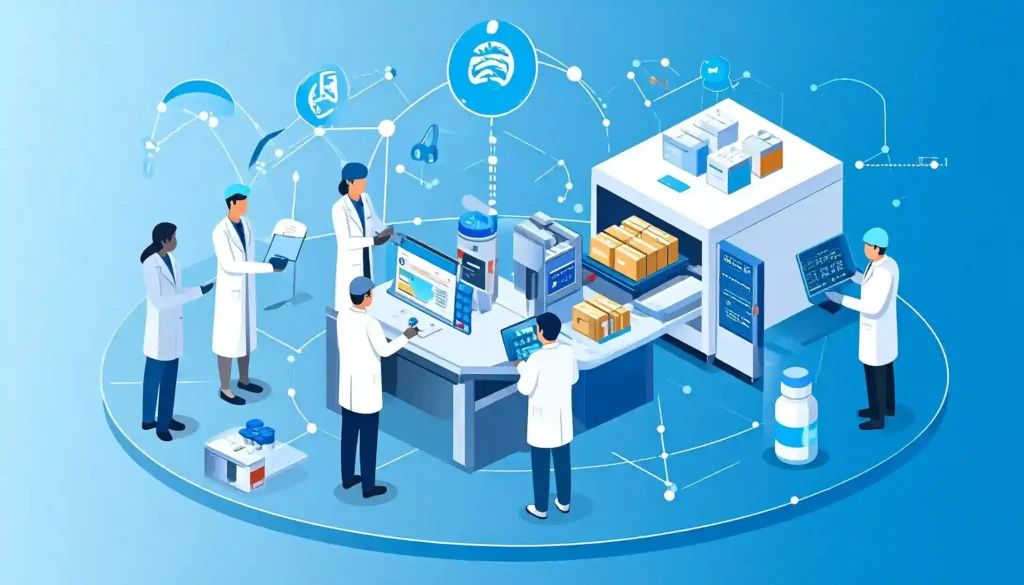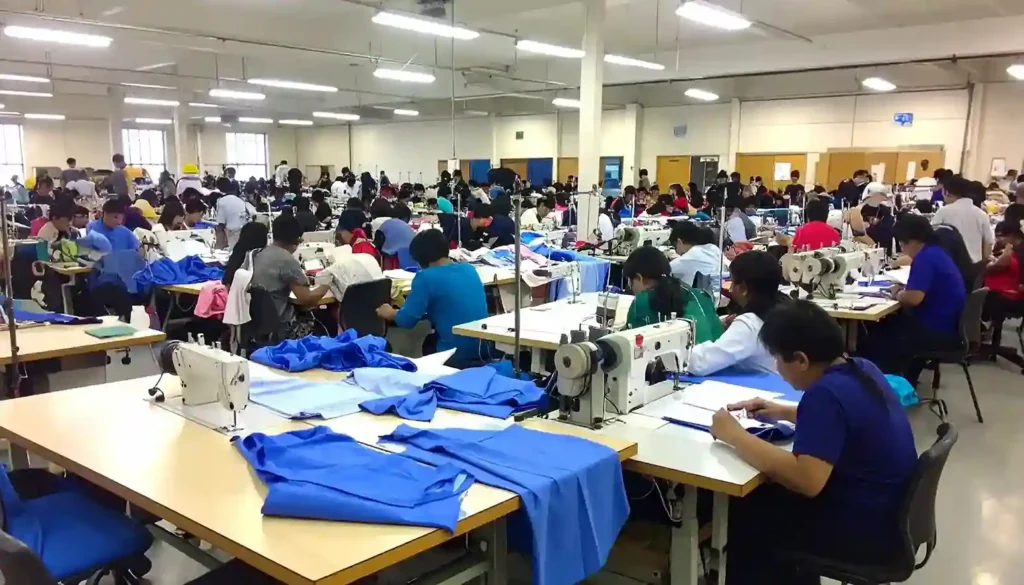Because Every Life Matters: How Video Analytics Is Redefining Workplace Safety
Introduction Workplace safety has always been a non-negotiable priority, but in today’s fast-paced industries, traditional methods are no longer enough. Every year, accidents and injuries cost organizations millions and affect countless lives. Now, thanks to video analytics, companies can shift from reactive to proactive safety strategies. Video analytics empowers businesses to monitor, analyze, and act in real time, helping prevent incidents before they happen. This powerful technology is transforming how we think about safety—because every life truly matters. Understanding Video Analytics What is video analytics? Video analytics refers to the use of artificial intelligence (AI) and machine learning (ML) to analyze video footage and extract meaningful data. Unlike traditional surveillance, video analytics can identify patterns, detect anomalies, and automate responses to potential threats. Key components and technologies Modern video analytics relies on a combination of AI algorithms, object detection, facial recognition, thermal imaging, and edge computing. These technologies work together to interpret visual data and generate actionable insights. How it differs from traditional CCTV systems While traditional CCTV cameras only record footage, video analytics systems actively analyze and interpret what’s being captured. This allows for real-time alerts, automated responses, and smarter decision-making. Real-Time Monitoring and Alerts Instant incident detection Video analytics systems can detect unusual activities such as sudden falls, unauthorized access, or unsafe behavior instantly. This immediate detection minimizes response time and reduces the severity of incidents. Live feedback for safety supervisors Supervisors receive real-time alerts and visual cues via dashboards or mobile apps, allowing them to take quick and informed actions. This keeps them always in the loop, regardless of their physical location. Automated threat recognition Advanced algorithms can recognize threats such as fires, equipment malfunctions, or intrusions automatically. These systems reduce human error and ensure constant vigilance. Enhancing Compliance and Regulations Meeting OSHA and industry safety standards Video analytics helps companies stay compliant with OSHA and other industry standards by continuously monitoring for safety violations and maintaining detailed records. Digitally documented evidence for audits All footage and safety incidents are time-stamped and archived, providing solid evidence during safety audits or legal investigations. Alerting to non-compliance in real-time If workers fail to follow safety protocols—like wearing PPE or entering restricted areas—the system sends instant alerts to supervisors, enabling immediate corrective actions. Accident Prevention Through Predictive Analytics Identifying risky behavior before it causes harm By analyzing behavior patterns, video analytics can identify actions that commonly lead to accidents. This allows organizations to intervene before an incident occurs. Heatmaps and motion patterns Heatmaps visualize areas with the most movement or congestion, helping identify zones where accidents are more likely to occur due to crowding or workflow bottlenecks. Predicting potential accident zones Using historical data and AI models, video analytics systems can forecast where future incidents are likely, prompting layout changes or safety reinforcements. Role in Emergency Situations Fire and hazard detection Thermal and smoke detection capabilities enable early identification of fires or hazardous conditions, allowing for faster evacuation and containment. Evacuation route optimization During emergencies, the system analyzes crowd movement and identifies the safest, least congested evacuation routes in real time. Real-time updates to first responders Video feeds can be shared with emergency personnel, providing them with crucial information about the situation, such as the number of people inside and hazard locations. Monitoring PPE Compliance Detecting missing safety gear AI-driven video systems can detect when workers are not wearing required personal protective equipment like helmets, gloves, or vests, and alert management. Reinforcing a culture of safety Continuous monitoring helps instill discipline and creates an environment where safety protocols are consistently followed by everyone. Workplace Violence and Intrusion Detection Identifying aggressive behavior early Behavioral analytics can recognize signs of aggression or conflict and alert supervisors to intervene before situations escalate. Preventing unauthorized access Video analytics can flag individuals trying to enter restricted or unauthorized zones, helping to prevent theft, vandalism, or sabotage. Remote Surveillance in High-Risk Environments Reducing need for physical presence In hazardous areas like mines or chemical plants, video analytics allows remote monitoring, keeping workers out of harm’s way. Monitoring hard-to-reach zones safely Fixed cameras or drones can cover areas that are dangerous or difficult for humans to reach, ensuring safety without risking lives. Training and Development Using video footage for safety training Footage of real incidents (anonymized) can be used to train staff, offering practical, relatable lessons that stick. Analyzing incidents for better SOPs Post-incident analysis helps refine safety procedures and standard operating protocols, ensuring mistakes aren’t repeated. Data-Driven Decision Making Generating safety reports Automated analytics dashboards compile and present key safety metrics, enabling data-backed decisions and improvements. AI-powered insights into safety trends Over time, systems identify trends and patterns, helping organizations understand where risks lie and how to address them. Cost Efficiency and ROI Reducing insurance premiums Insurance companies often provide discounts to organizations that demonstrate lower risk through analytics-based safety systems. Lowering injury-related expenses Preventing accidents leads to fewer medical claims, reduced legal fees, and less downtime, significantly improving the bottom line. Challenges and Ethical Considerations Privacy concerns Monitoring systems must be deployed ethically, ensuring that employee privacy is respected and data is securely stored. Balancing surveillance with employee trust Open communication about surveillance goals and access to footage can help foster a culture of trust rather than fear. The Future of Workplace Safety with Video Analytics Integration with IoT and AI Future systems will integrate with IoT devices like smart helmets and sensors, creating a holistic safety network. Predictive safety as a standard Soon, predictive analytics will become a baseline expectation, not a luxury, revolutionizing how companies approach risk. Conclusion Video analytics is more than a tech trend—it’s a life-saving tool. By enabling real-time monitoring, predictive prevention, and data-driven strategies, it’s reshaping the future of workplace safety. Because when every life matters, there’s no excuse for anything less. Trident VIS empowers industries like retail, manufacturing, healthcare, and smart city infrastructure with advanced video analytics solutions designed to meet their specific needs. Transform your safety, security, and operational efficiency with Vision Intelligence Systems. For more insights, follow our LinkedIn
Because Every Life Matters: How Video Analytics Is Redefining Workplace Safety Read More »










